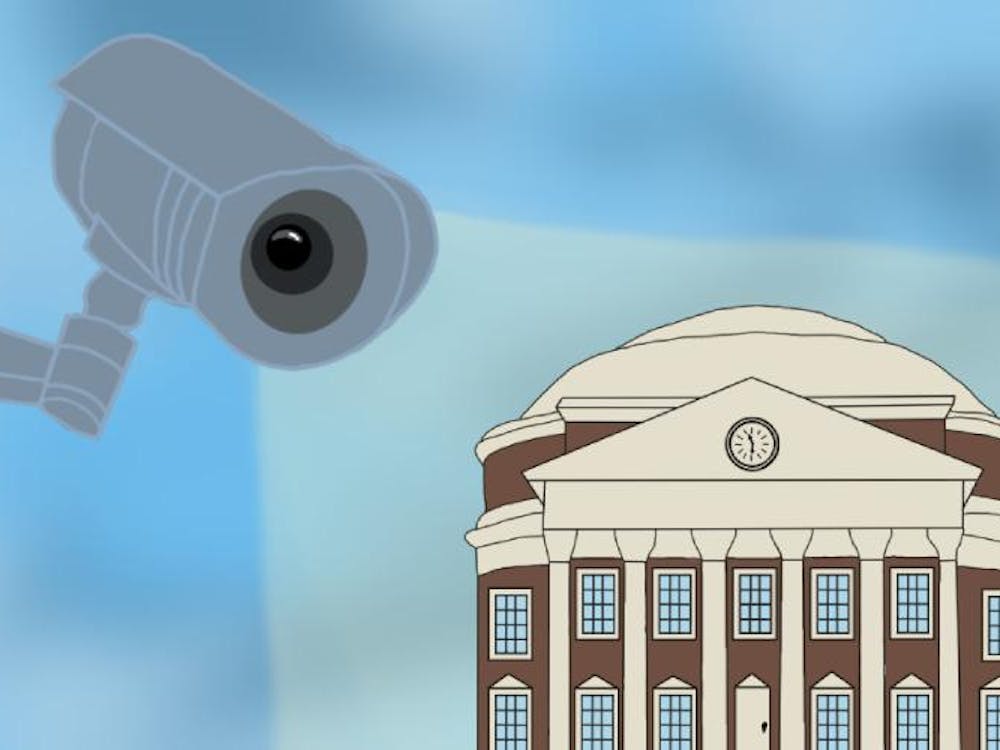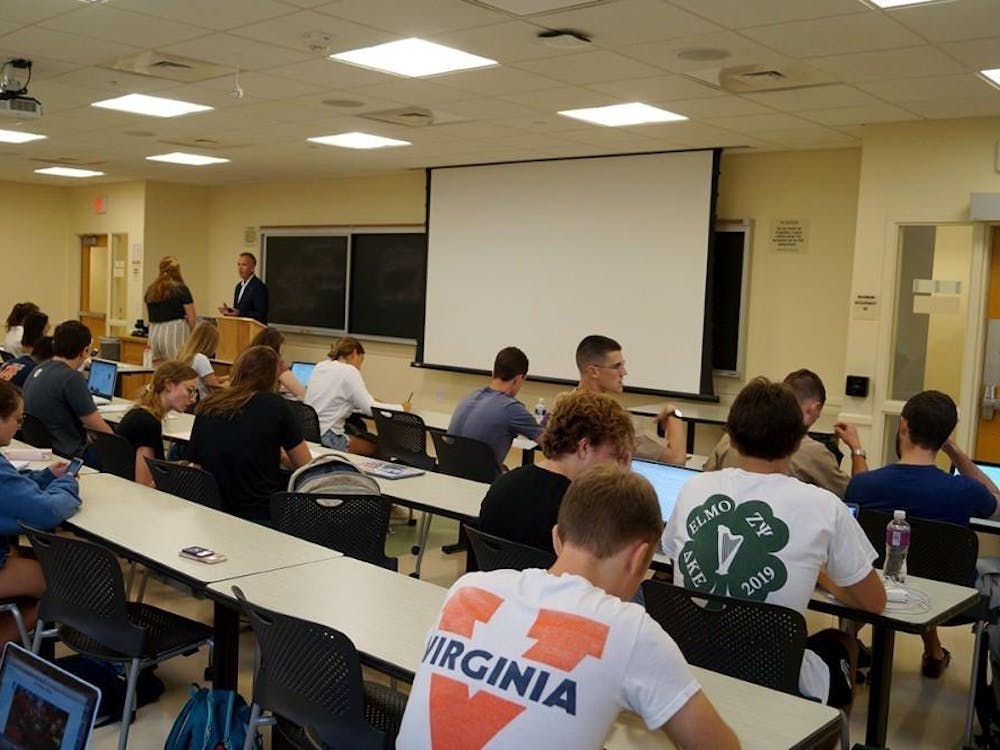ON FRIDAY, over one billion individuals in 192 countries will take part in the world's greatest civic observance - Earth Day 2011. The world celebrated its first Earth Day on April 22, 1970, and since then, the modern environmental movement has worked internationally to conserve and protect the earth's vital resources.
This week, Americans have the special opportunity to participate in another important, though less widely celebrated, national observance - National Park Week. From April 16-24, the National Park Service is offering free admission to almost 400 national sites across the United States as part of its "Healthy Parks, Healthy People" theme. National Parks are America's greatest resource - they have a lot to offer visitors and too often are taken for granted. This year, we all should take an opportunity to visit a nearby national park and learn the history behind its creation.
It would be hard to imagine the United States without its national parks. Since 1916, the National Park Service has looked after and preserved the United States' pristine wildernesses and historic landmarks. Under the Wilson administration, Congress created the National Park Service as an agency of the Department of the Interior to oversee federal lands and properties. Today, the National Park Service protects over 84 million acres of land and 4.5 million acres of oceans, lakes and reservoirs in the United States. In total, there are 58 national parks, 393 national sites, and 2,461 national historic landmarks.
National parks offer a rare opportunity to look back on the nation's past. Just as we can look into the night sky and see the same constellations our ancestors saw thousands of years ago, we can travel to national parks and see lands untapped by American industrialism. In these natural landscapes, scenery, wildlife and history come together to offer Americans from all walks of life rare windows of inspiration and recreational opportunity. Yet despite the wisdom that national parks have to offer, many Americans do not take full advantage of these conserved lands or understand their value to the modern day conservation movement.
The history of the nation's great parks began in 1851, when American explorers discovered a land of unmatched beauty, which they called "Yosemite" . As explorers discovered the allure of Yosemite's majestic waterfalls, gaping valleys and ancient sequoias, they realized the need to preserve this land. Accordingly, President Abraham Lincoln placed it under the California state government's administration in 1864.
In the summer of 1870, explorers discovered another landscape, which they called "Yellowstone." This new land of sulfer springs, geisers and mountains, like Yosemite, quickly saw its wilderness and wildlife threatened. In 1872, in an effort to save the Yellowstone wilderness, President Ulysses S. Grant signed legislation establishing Yellowstone as the world's first ever national park.
Never before had the idea of a nationally administered public land been tested. It was a novel concept; a concept which at its core was wholly democratic and American. A national park would be open to all individuals, not just the wealthy or privileged.
But even as the nation opened its first national parks, railroad interests and outdoorsmen endangered the landscape and wildlife. It was President Theodore Roosevelt who would champion the national park idea and sign into law the American Antiquities Act in 1906. This act gave the president executive authority to preserve national monuments and restrict the use of public lands. Still, the United States lacked an overarching park system until the National Park Service united the nation's parks under one agency in 1916.
The story of the United States' national parks is one of relentless struggle to conserve and protect wilderness. Today, nature is still engaged in an unremitting war with the American government and the nation's people. Everyday, the needs and demands of the modern world put our environment at risk.
In American politics, anti-environmental measures often are added as riders to controversial appropriations bills that otherwise may not pass. Just last week, Congress approved for the first time in history the de-listing of an animal from the Endangered Species list in order to pass its 2011 budget measure. The gray wolf was removed from the Endangered Species list in Montana and Idaho, which robbed it of protections for purely political reasons. This move sets a new precedent for government interference in the Endangered Species Act, which has operated outside of Congressional control for 37 years. The setback to endangered species comes as Americans celebrate the world's 41st Earth Day, which helped to propel historic environmental laws such as the Clean Air Act, the Clean Water Act and the Endangered Species Act into existence. It shows the need for continued efforts by American citizens to safeguard the nation's wilderness.
Over the next few days, the celebration of Earth Day 2011 and National Park Week offers us the opportunity to reflect on the natural world and our relation to it. Perhaps the best way to conserve our nation's natural resources is to step into them, to explore the lands and lakes of our ancestors, to breathe in fresh air and to learn from the land we are trying to save. In the United States, there is no better place to meet nature than in our national parks, where history and nature come together in perfect harmony.\n
Ashley Chappo's column appears Wednesdays in The Cavalier Daily. She can be reached at a.chappo@cavalierdaily.com.






